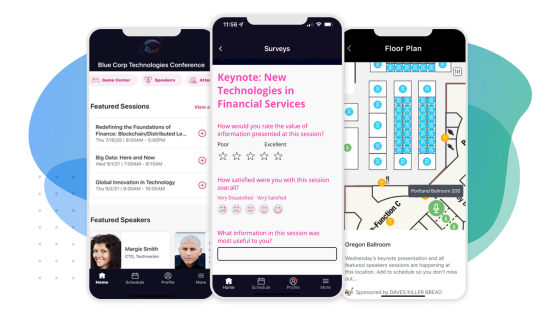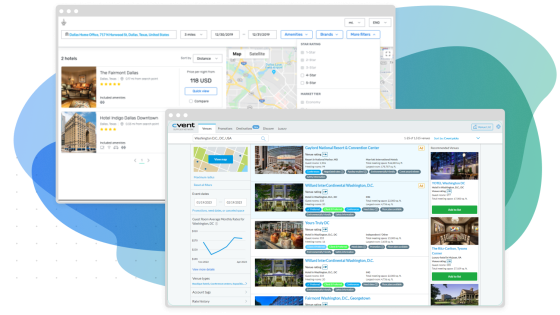How can we reduce the environmental impact of our events?
Travel
Transport is a major area that can impact the sustainability of your event. Flying, getting the train, or going by car all have an effect on the environment. So how can we manage this impact?
-
Choose your location wisely – use venue sourcing tools to find a venue centrally located and with easy access via local transport
-
Provide shuttle bus services for attendees to and from the venue
-
Compensate for emissions with carbon offsetting
-
Does everyone need to be there in person? Could some people intend virtually? Those overseas could have an equally great virtual experience if planned correctly with the right technology
Food & Beverage
Food & beverage is another key driver in increasing the carbon footprint of your event. What can we do to reduce this?
-
Go for a menu with locally produced seasonal food
-
Reduce the amount of beef on your menu – beef is the biggest offender in terms of the amount of greenhouse gas emissions produced per kilogram of meat
-
Develop a zero-waste event plan. Reduce your surplus margins or partner with shelters and food banks to safely transport and donate leftovers after your event
-
Avoid buying packaged food, or if not possible, buy food with reusable or biodegradable containers
Energy
-
Choose a green destination – find a venue that uses renewable resources to produce electricity or are otherwise notable for their environmental initiatives
-
Look for environmentally responsible design, such as a reflective roof, solar panels, green roofs, and water-conserving fixtures
-
Ask venues about implementations such as planting native trees and plants, choosing gym equipment that helps generate power and swapping water bottles for dispensers
Waste
-
Swap paper for a mobile event app that can provide attendees with everything they need, from maps to the agenda and brochures. Not only will you save money on printing costs, but it will reduce paper waste
-
Select useful swag items to avoid it ending up in landfill days after the event! Items that are functional with tasteful branding, so the guests don’t have an issue using the items in their daily lives
-
It goes without saying, but use reusable cutlery and China – avoid using single-use items such as paper and plastic
-
Choose your badges carefully. Look for recyclable badge material and ensure you have a visible place for attendees to give them back at the end of the event. You can also choose a badging system that prints on the fly, so you don’t end up printing badges for no-shows









